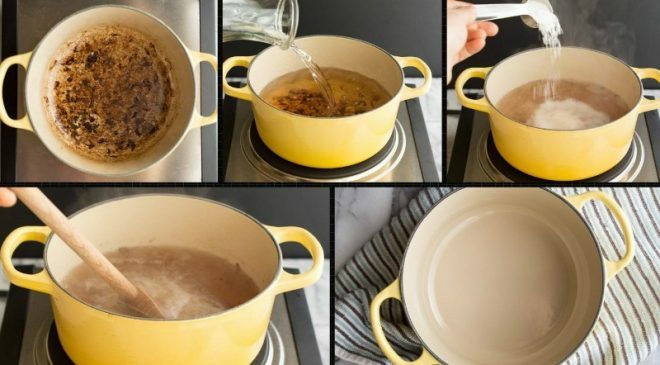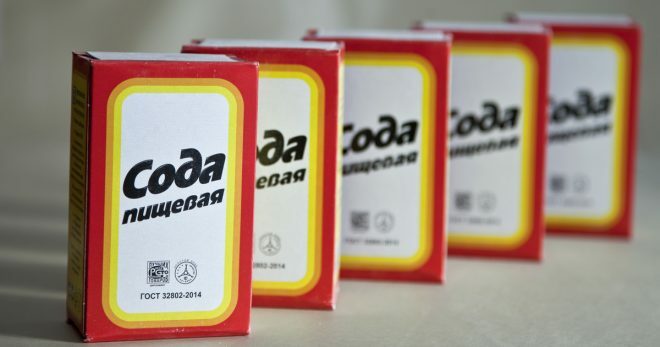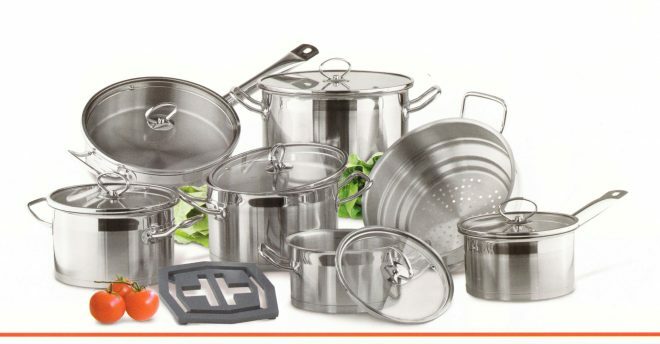If water is trapped in the sink and does not drain completely into the drain, you need to clear the blockage. You should act from simple to complex. In many cases, you can clear the blockage in the sink with baking soda and vinegar and the problem can be easily fixed at home without resorting to powerful special remedies.
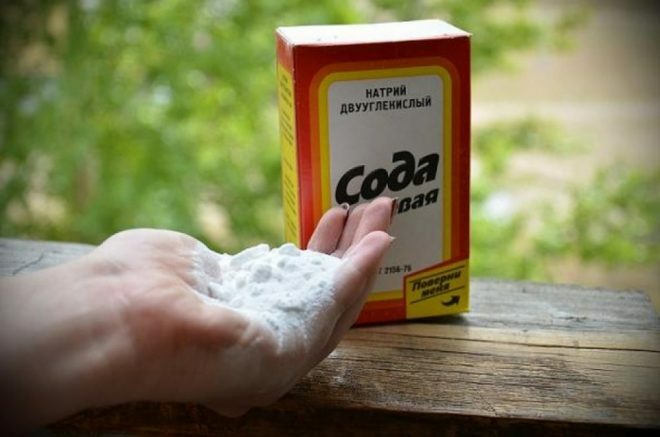
Why do blockages appear?
Any pipes in the house can become clogged over time and lead to a blockage in the lumen. Especially if the drain is not used carefully, grease, foreign large particles and objects often get into it.
Attention! Earned on our website kitchen designer. You can familiarize yourself with it and design your dream kitchen for free! May also come in handy wardrobes designer.
Blockages form faster if:
- The pipes are old, there are signs of corrosion and rust on their inner surface.
- Incorrectly assembled water drainage system - there are angles of 90 degrees, a slight difference in levels. When the soil subsides, the pipes are bent, making it difficult for water to flow through them.
- High water hardness, that is, there are many impurities of magnesium and calcium salts in it, which contribute to the formation of plaque.
- Siphons, in which part of the solid particles are retained, are not provided.
- Filters and grates are not installed on the drain hole in the kitchen sink.
- A lot of grease gets in when washing dishes.
- Do not carry out preventive cleaning of pipes.
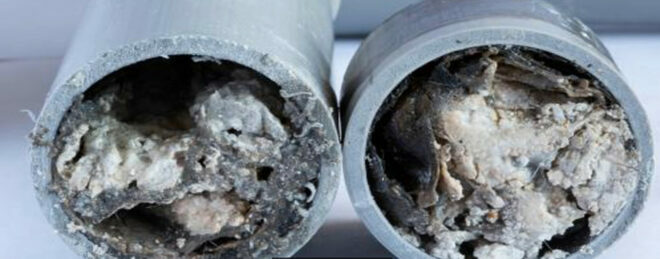
Image taken from https://www.youtube.com/watch? v = qSZxiwgmAI8
If you eliminate the most common mistakes in using the sewage system, the risk of blockages will be minimal. This means that there will be no smell in the kitchen from the sewer, the water will easily leave.
Problems in one apartment of a multi-storey building automatically affect the state of the system in all the others. It is easier to clear a small blockage in the kitchen when the first signs appear, rather than wait for a global flooding disaster.
Why is baking soda and vinegar used?
There are several reasons why it is advised to break through the blockage with baking soda and vinegar:
- Everybody has these funds at home.
- They are not expensive.
- Is there a result.
- They do not harm plastic or metal pipes.
- They do not emit toxic products, unlike more powerful chemicals for unclogging.
- They have a positive effect on the hygienic state of pipes - they reduce the number of microbes, remove extraneous odors, dissolve and clear the blockage from fatty residues inside the pipes.
Clearing the blockage with soda and vinegar will quickly and easily turn out in more than half of the cases. Also, baking soda can clean the sink itself well. You can add baking soda powder and rub with the hard melamine side of the sponge. Another option is to mix baking soda with water to a sour cream consistency, brush the mixture onto and around the sink surface.
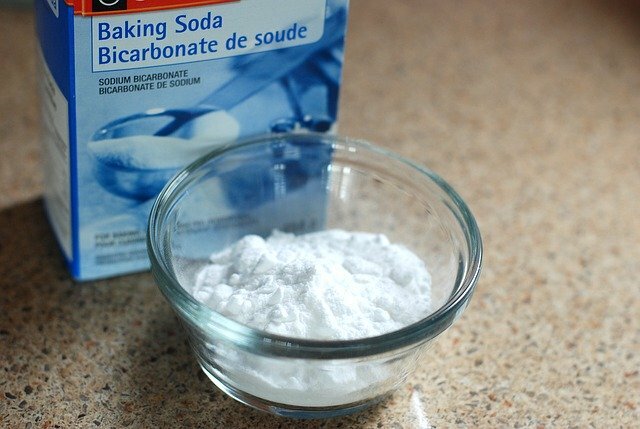
For more effective cleaning, the sink is poured with a liquid solution of laundry soap for half an hour, having previously closed the drain hole. To prepare such a solution, the soap is rubbed on a coarse grater 100 g and diluted with hot water 200 ml. A vinegar rinse (approx. 100 ml) adds shine to the sink and removes odors.
Ways to remove blockages with soda and vinegar
Removing the blockage with vinegar and baking soda can be done in several ways.
The main cleaning method:
- Pour dry soda powder (about half a box) into the drain hole.
- Pour 100 ml of table vinegar, for greater effect, heat it before this (but do not boil).
- Cover the hole with a piece of cloth or plastic.
- After half an hour, rinse the pipes with 2 liters of hot water.
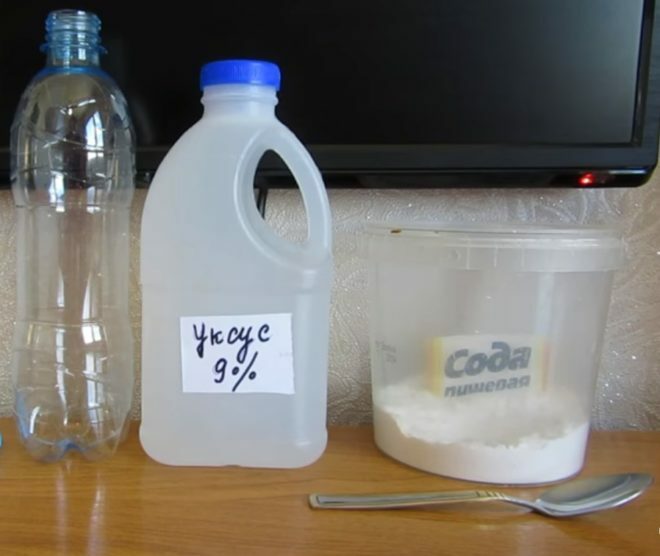
Image taken from https://www.youtube.com/watch? v = C8vfcxJGIFA
Before you clean the sink from the blockage, you need to free it from the water. If she does not leave at all, work with a plunger. If ineffective, disassemble the siphon and remove accumulated debris from it. If the water is still standing, you need to clean the sink: select water using any container, soak the rest with a rag. When the drain hole is out of water, proceed to remove the blockage with soda and vinegar.
It is important to understand that when we unclog a blockage in the sink, large objects and some organic matter will not disintegrate in this way and will not go anywhere. The principle of operation of soda and vinegar - during the reaction, gas is released, which pushes and loosens the elements of the blockage. If the hole is not closed, gas and foam will escape into the sink, and there will be no effect in clogged pipes. Loose residual particles are removed by washing.
Other modifications:
- At night, it is convenient to pour salt and soda in equal proportions (about 100 g each), pour a small amount of hot water (0.5 - 1 l). Close the hole with improvised means. In the morning, this plug is removed and the pipe is rinsed under a high pressure of water for 10 minutes.
- Instead of vinegar, you can use other acids - citric, tartaric.
- If the blockage is located deeper, a soda solution is used instead of dry soda. The solution is prepared from 1 part baking soda and 3 parts hot water. First, boiling water of 1.5 - 2 liters is poured into the hole of the sink, after half an hour, the soda solution is poured. After 10 minutes, vinegar is poured in the same volume after it, the hole is closed. At the end of the reaction, after an hour, the pipes are washed with hot water. Even without acid, baking soda with hot water will cleanse, although the effect will be less than using a combination of products.
If the procedure does not help, you can repeat it again. Repeated lack of result suggests that you need to switch to other cleaning methods in order to remove the blockage in the sink at home.
Ready-made store products contain more aggressive substances. They usually contain caustic soda, or caustic soda. They dissolve more organic compounds. It is not necessary to use them at the same time, since they can enter into reactions with each other, while harmful substances are released.
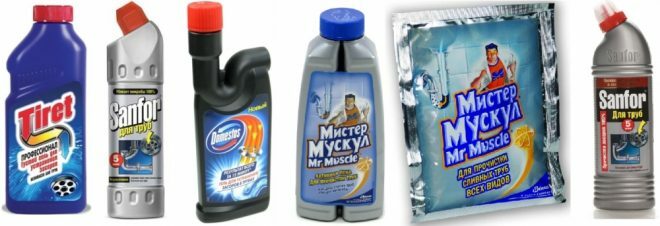
Also, do not forget about the means of protection for the eyes, nose, skin. Gloves, a mask, glasses will protect you from the ingress of chemicals, prevent the development of burns. Although soda and vinegar are less aggressive, protective agents will come in handy when working with them. Vinegar can cause burns, so if it comes into contact with your skin, immediately rinse the area under running water.
Vinegar and baking soda will not clear blockages in all cases. Sometimes it is necessary to mechanically remove the plug formed in the pipe. To do this, use a cable, brush, plunger.
How to avoid blockages
Respect for pipes and a preventive approach will prevent clogging:
- It is useful to periodically disassemble the system at the connections under the sink (about once a month). Substitute the bucket, unwind the connected elements, thoroughly clean and rinse them, put them back.
- The plunger creates positive and negative pressure in the pipes alternately, which helps to displace the blockage, loosens it. Sometimes this way it is possible to remove large objects that prevent the normal outflow of water.
- The pipe cleaner (also called flexible shaft) easily removes inorganic products. It removes plaque on pipes well, is able to push the formed plug forward - and all this without disassembling the main line.
- If you thoroughly clean the dishes of food debris before sending them to the sink, you will not experience problems with water draining and blockages in pipes longer. It is also good to clean greasy dishes and pans before washing with paper. To do this, you can use toilet paper or old, unnecessary rags. This will significantly reduce the ingress of fat into the pipes and its deposition on the walls of the system.
- You can eliminate fat if periodically (every 7 to 10 days) you pour about 2 liters of hot water into the pipes.
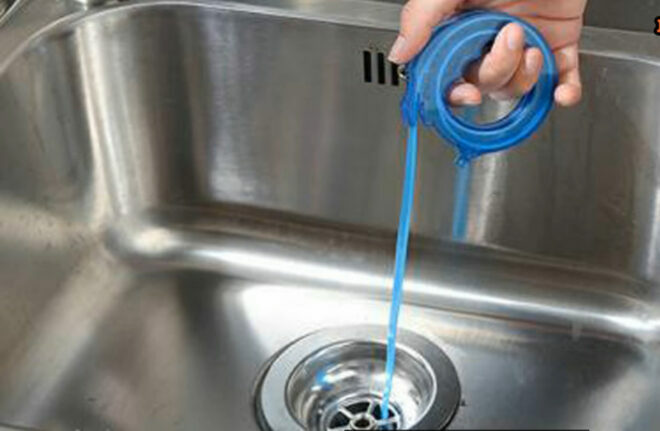
Image taken from https://www.youtube.com/watch? v = qSZxiwgmAI8
If independent actions did not lead to success, you will have to contact the master. However, armed with such an effective method as soda + vinegar, in most cases you can quickly clear the blockage.
